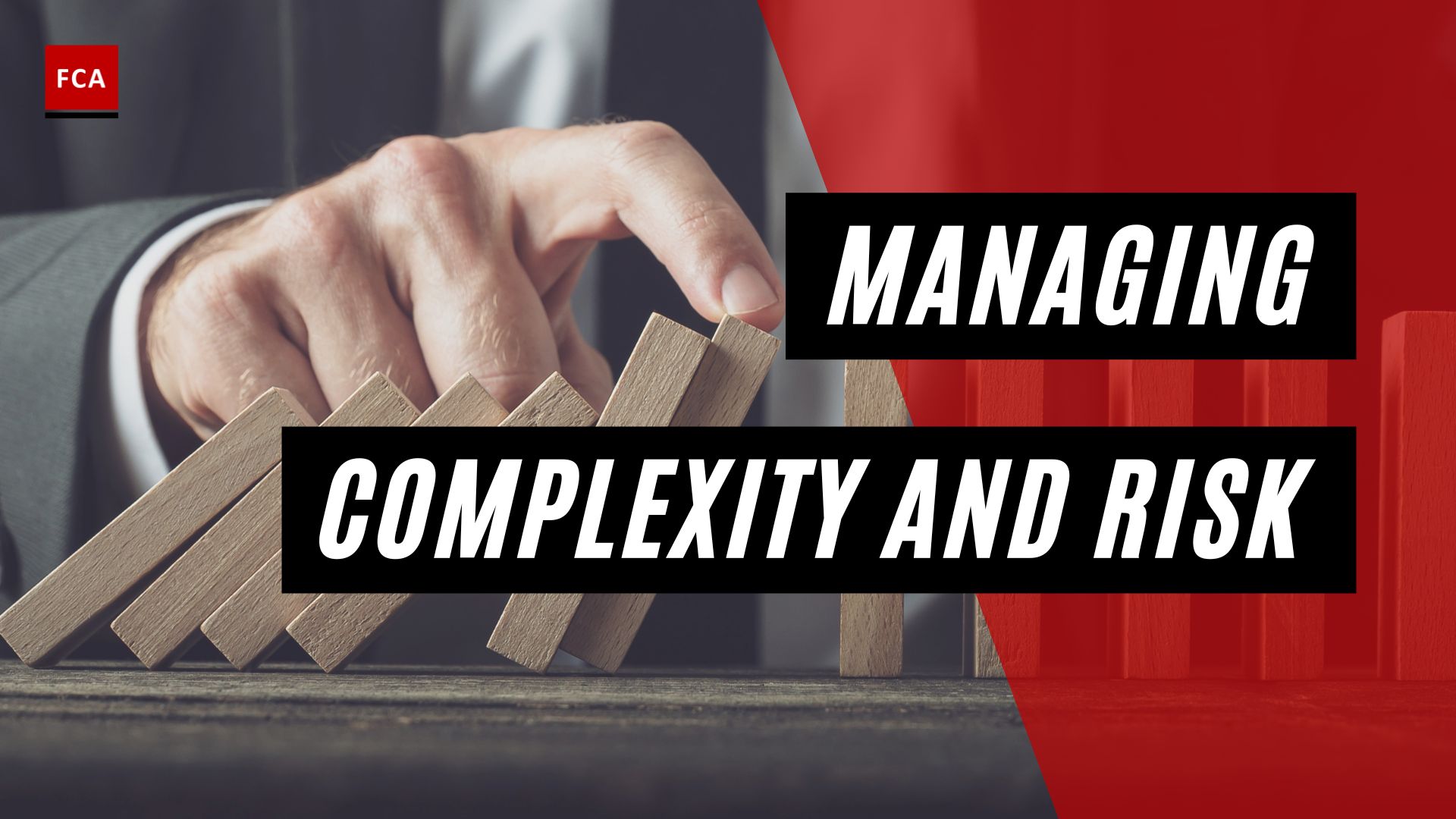To a feasible and practical extent, a bank’s CIP program must incorporate broad risk-based procedures for validating each customer’s identification. The bank can come to a fair judgement that it knows the real identity of each client and the beneficial owner using the normal CDD approach. This article elaborates on ‘General Identification Requirements – Learn What A Solid CDD Program Should Contain In 2022’.
Bank procedures
The bank’s evaluation of ML/TF risks for each client includes identifying: the types of accounts already maintained with the bank, the bank’s procedure and techniques for opening customers’ accounts, the types of information accessible and given by the customer, and the customer’s jurisdiction.
Identification methods
A solid Customer Due Diligence (CDD) program should contain strong general customer identification and account establishing processes that allow the company to identify consumers, beneficial owners, and associated groups. Organizations must also develop identification methods and criteria that take into account the appropriate AML/KYC regulatory requirements and are represented in AML and KYC policies. Regulatory authorities in several countries have issued laws and regulations outlining the procedures for identifying the customer client prior to onboarding.

FATF recommendation about banking relationships
According to FATF Recommendation 10, a bank should not establish or maintain banking relationships with customers until their identities have been sufficiently confirmed. Customers, beneficial owners, and agents should have their identities confirmed by trusted third parties. In terms of fraud risk, not all forms of identification are created equal. For persons who are more vulnerable to fraud or when the papers’ legitimacy is questioned, client information should be confirmed through additional inquiries or other sources of information.
Basic identification prior to account creation
Before creating a client account, the account opening team performs a basic interview with the potential customer to determine the kind, category, and authenticity of the customer. This fundamental evaluation determines if the account being formed is for an individual, a business, or an entity. Basic identification also determines whether or not the potential consumer is a Politically Exposed Person (PEP).
The general identification process leads to further detailed processes, such as Enhanced Due Diligence (EDD), when the customer is identified as a high-risk category customer such as PEP or belonging to a high-risk jurisdiction.
General Identification Process
As a general identification process, the Customer Identification Program (CIP) of the organization must contain account-opening procedures detailing the identifying information to obtain from each customer. At a minimum, the bank must obtain the following identifying information from each customer before opening the account: Name, Date of birth for an individual, Address, and Identification number.
FATF recommendation about the required amount of gathered information
The FATF recommends that the amount and kind of information gathered, as well as the degree of validation, must be increased when the business relationship risk is higher. Processes adapt to the situation, eliminating the need for blanket rejections. The risk-based strategy is also adaptable to changing conditions, technology, and other factors.
Before opening an account, the identification of the beneficial owner is crucial to ensure the true owner of the account. The true owner may not be readily identified; therefore, the general identification measures must incorporate the element of identification of the true beneficial owners of the prospective customers.
Knowing the customer’s true identity through verification
An organization does not have to establish the accuracy of every element of identifying information obtained; however, it must verify enough information to form a reasonable conclusion and belief that the true identity of the customer is known. The organization’s procedures must describe when it uses documents, non-documentary methods, or a combination of both methods to verify the identity of its customers.
The names of the prospective customers are run or checked in the negative lists or banned entity lists to perform the screening process. Such a screening process enables the organization to know whether the name of the prospective customer appears in the state’s issued negative list or not. In case the name appears in the negative lists, then the account must not be opened for such customers.
Final Thoughts
A bank’s CIP program should incorporate a vast risk-based procedure for validating customer information. This article elaborates on ‘General Identification Requirements – Learn What A Solid CDD Program Should Contain In 2022′.








